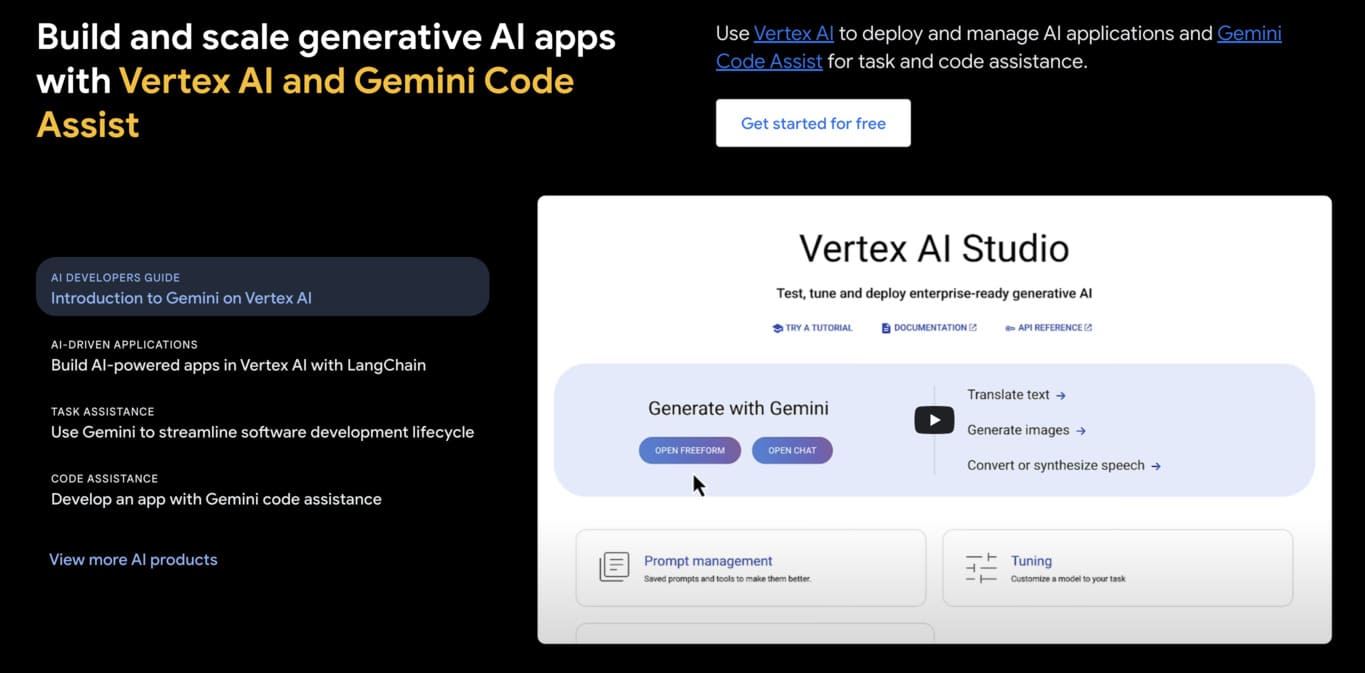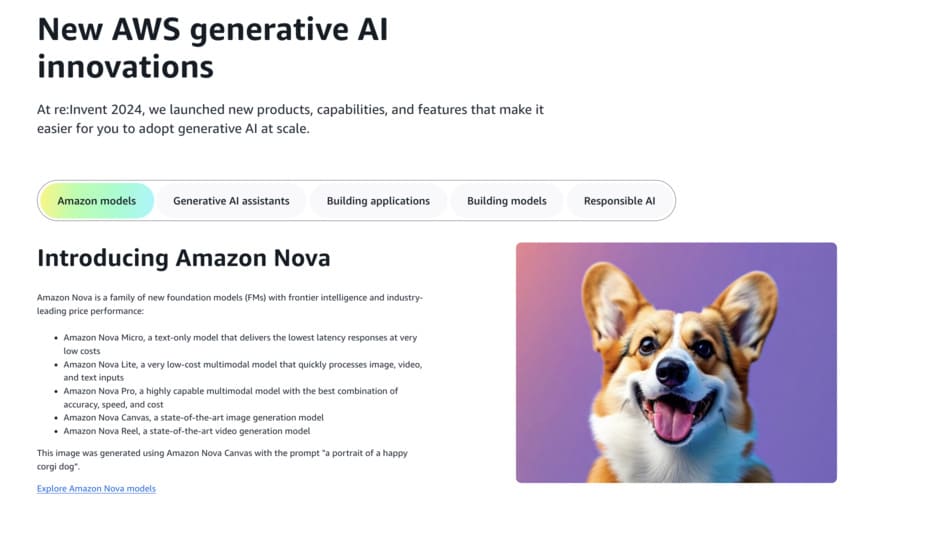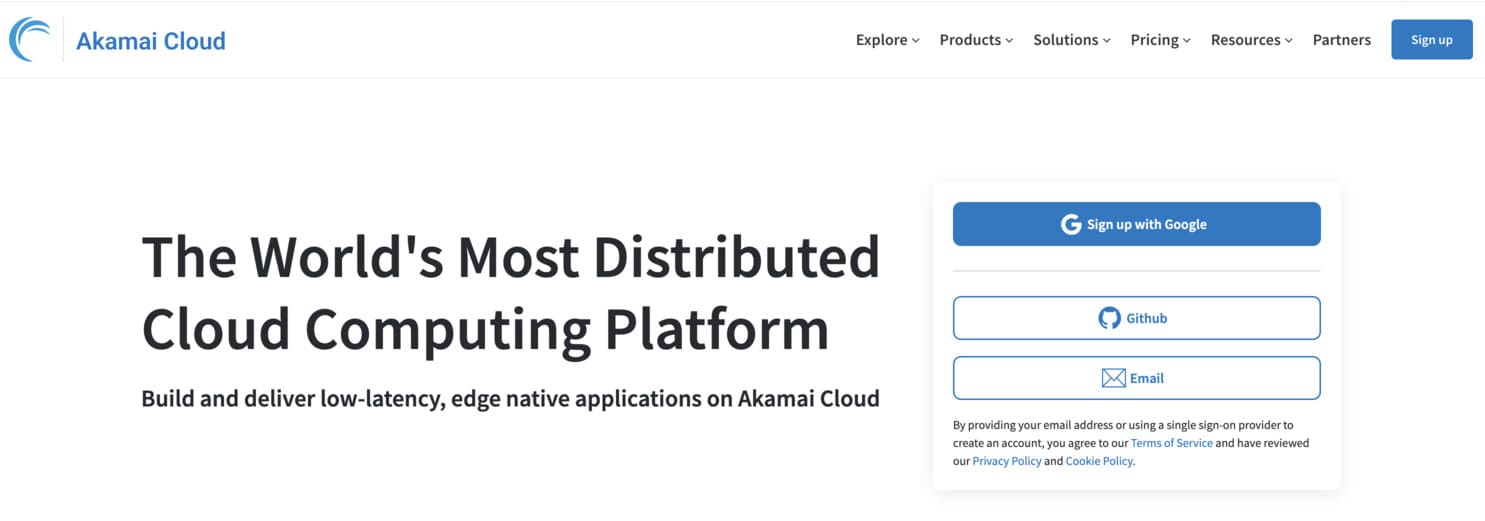Google Cloud Platform (GCP) offers a complete range of services that are direct competition to industry giants like AWS and Azure. As more businesses shift operations to the cloud, understanding what GCP can deliver becomes increasingly significant to technology decision-makers. This review delves deep into what drives Google's cloud solution, if it delivers on its promise, and if it's right for your organization's needs.
Introduction
Google Cloud Platform, being a one-stop-shop cloud service provider, offers everything from basic storage solutions to sophisticated artificial intelligence solutions based on the very same infrastructure that supports Google's own applications like YouTube and Gmaill.
GCP has been growing at an unprecedented scale in the era of digital transformation and has become the world's third-largest cloud provider with a market share of about 11% following AWS and Microsoft Azure.

The ongoing innovation on the platform indicates Google's dedication to innovation, with regular overhauls of its already considerable set of services. So intriguing about GCP is how it leverages Google's data processing, machine learning, and global networking infrastructure know-how to deliver solutions far more extensive than basic cloud computing.
What Does Google Cloud Platform Do
Essentially, Google Cloud Platform provides an array of cloud computing services through which businesses are able to create, run, and scale applications without having to worry about operating physical infrastructure. The capability of the platform traverses several major categories:
Google's compute offerings, including Compute Engine, offer virtual machines that can be scaled up and down as required, forming the foundation for running applications in the cloud1. For containerization-inclined developers, GCP's Kubernetes Engine offers a managed platform for running containerized applications, simplifying the orchestration that otherwise can be complicated and time-consuming.
Data management is also a fundamental task, for which GCP offers an assortment of databases like Cloud SQL, Spanner, and BigQuery to manage different types of data and usage patterns.
The platform excels particularly in the analysis of big data, with technology allowing companies to process and analyze large volumes of data to derive actionable insights quickly.
In addition to these fundamentals, GCP also provides specialist machine learning and artificial intelligence capabilities through its Vertex AI products so that businesses can develop and host models without deep knowledge in these challenging areas. Network services enable secure and dependable networking, and security tools support the safeguarding of data and applications from harm.
Most striking is the manner in which the services cooperate to create an ecosystem where data may flow from tool to tool and service to service with minimal resistance or technical expense.
Pricing
Google Cloud Platform's pricing model is very flexible and accommodates organizations across various stages of cloud maturity.
What sets GCP's pricing apart is its emphasis on cost minimization. The platform offers sustained use discounts that automatically reduce prices for services that are in operation for extended periods, as well as committed use contracts for clients who can predict their use of resources in the long term. Google further provides detailed billing reports and monitoring tools that allow users to track and manage their cloud costs effectively.
Though having these benefits, GCP pricing is difficult for beginners to handle, which can be one of the platform's shortcomings.
With so many services, all of which use a different price plan, caution is needed when avoiding unnecessary charges.
Product History
Google Cloud Platform's development was initially triggered by App Engine's launch in 2008. The platform-as-a-service launched by Google provided developers with the potential of creating and running web apps on Google infrastructure. This initial foray in cloud offerings assisted in developing the platform into what is today referred to as an expansive cloud platform.
The platform experienced significant expansion from 2010 to 2012 through the inclusion of services like Google Cloud Storage and BigQuery, cementing Google's commitment to infrastructure beyond application hosting. Google's infrastructure-as-a-service, Compute Engine, was launched in 2012, completing the groundwork for what we now know as Google Cloud Platform.
Over the decade of the 2010s, GCP developed more rapidly, adding products in networking, databases, machine learning, and industry-specific solutions. Several company acquisitions brought advanced cloud features, especially data analysis and AI.
In recent years, GCP has invested heavily in enterprise adoption, strengthening its governance, compliance, and security features to win large-scale organizations. The platform also embraced hybrid and multi-cloud approaches, recognizing that the vast majority of enterprises live in hybrid environments rather than putting all their eggs in one cloud provider basket.
Above all, Google has used its AI leadership to make GCP stand out by incorporating innovative machine learning features across its offerings. This is reflected in practical applications such as the case of Trustpilot, where GCP is used to drive sentiment analysis models with 96% accuracy and topic models for over 53 general topics.
Summary
Google Cloud Platform stands out as a powerful, full-featured cloud computing platform that taps into the technological strength of Google to offer compelling value to businesses of any size. GCP has set itself up as a strong challenger in the world of cloud computing, providing an end-to-end set of services across compute, storage, networking, databases, AI/ML, and industry-specific solutions.
GCP's low-cost model, starting with ample free credits and then pay-as-you-go, places it within the reach of organizations at various stages of development and cloud use.
Prospective users need to know, however, the technical expertise required for cloud deployments, the dependency on reliable internet connections, and vendor lock-in risks. These need to be factored into any cloud strategy decision-making.
| Pros | Cons | Unique Features | Pricing | Social Media |
|---|---|---|---|---|
|
|
|
|
|




